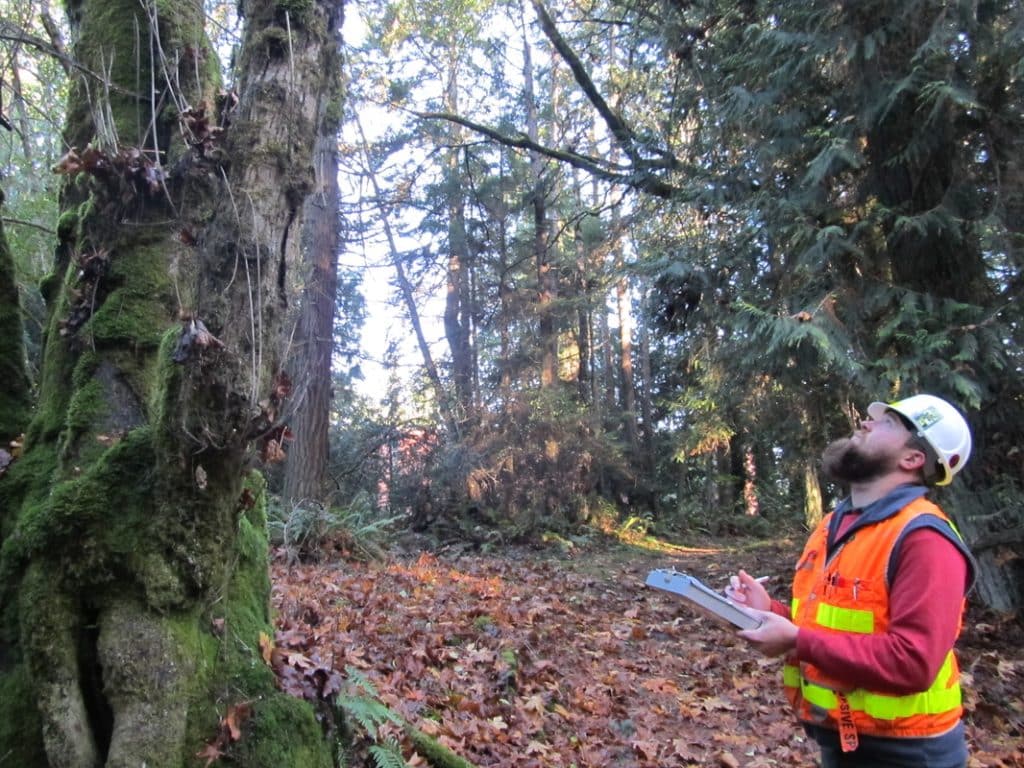
Arborists are professionals who specialize in tree care, and they play a crucial role in ensuring that trees in our urban landscapes are healthy, safe, and aesthetically pleasing. However, trees can pose a significant risk to people and property if they are not properly maintained or managed. That’s why arborists use various methods to assess the health and safety of trees, and one of the most commonly used techniques is the Tree Risk Assessment Qualification (TRAQ) method.
The TRAQ method is a standardized process that helps arborists evaluate the likelihood and consequences of tree failure. It involves inspecting trees and rating their risk based on various factors such as tree species, size, condition, location, and surroundings. The goal is to identify potential hazards and recommend appropriate management strategies to mitigate the risk.
Here’s a closer look at how arborists use the TRAQ method to inspect trees and rate their risk:
The TRAQ method arborists use is made up of a variety of other tree diagnostic methods, including the Visual Tree Assessment method, and the Biomechanical Tree Assessment method. Each tree diagnostic method has its strengths and weaknesses, so arborists use a variety of concepts in different situations to better understand tree risk. In addition to the TRAQ method, arborists also rely on their professional expertise and experience to make informed judgments about tree risk. They understand the biology and physiology of trees, as well as the environmental and societal factors that can impact tree health and safety. This knowledge, combined with the latest research and technology, allows them to provide reliable and effective tree care services.
In conclusion, tree risk assessment is an essential aspect of arboriculture, and the TRAQ method is a valuable tool that arborists use to evaluate the safety and health of trees in our urban landscapes. By following a standardized process that includes pre-inspection planning, visual and quantitative assessments, risk rating, and recommendations, arborists can identify potential hazards and recommend appropriate management strategies to mitigate risk. However, it’s important to note that the TRAQ method is just one of many techniques used by arborists, and their professional expertise and experience play a critical role in making informed judgments about tree risk. With the right care and attention, trees can provide numerous benefits to our communities while minimizing the risks they may pose.